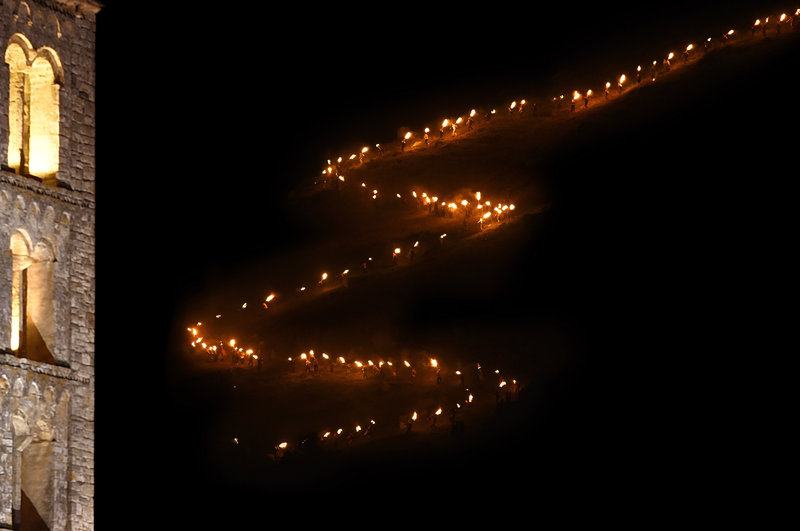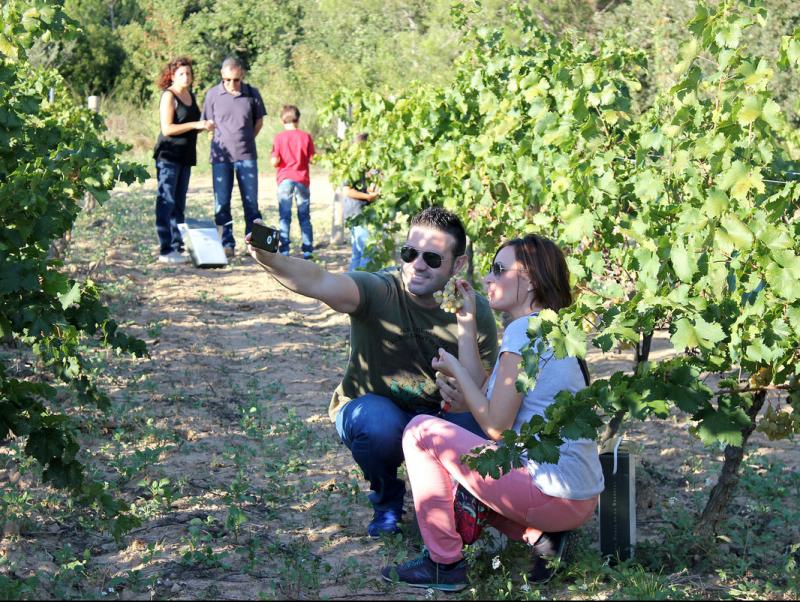The flaming torches of the Pyrenees
The baixades de falles are part of an ancient tradition declared Intangible Cultural Heritage of Humanity by Unesco for their ancestral value and the unique character of the celebrations
The summer solstice fire festivals in the Pyrenees, known as the baixades de les falles, date all the way back to the 11th century. It is thought that the festival's origins refer back to ancient celebrations of the summer solstice. What is known, is that it predates the Sant Joan bonfire night tradition, and is a highlight in the annual calendar of a number of municipalities in the Pyrenees, especially in Alta Ribagorça, Pallars Jussà and also Pallars Sobirà.
It consists of a torchlit procession at night from the top of the mountains to the villages below, during which the participants, called fallaires, carry great flaming torches down the mountainside with them. Les falles are two metre long beacons, which are traditionally prepared by the young people in every village.
The descent starts at a high point in the mountains that is visible from the village. The way down is led by the cap de colla, who guides the procession down to the streets of the village and into the main square, in a ceremony which is supposed to purify and protect the locality from evil spirits.
Once in the village, a big bonfire is lit, and the fires burn till long after midnight, while the locals celebrate it with music, coca and cava for everyone. The way in which the tradition is celebrated is similar in all the villages and features the same symbolism. However, each place has introduced its own variations, such as the tradition of marking a cross on the door of the cemetery in the village of Isil.
The falles start every year in the first half of June in the village of Durro, and continue in the villages of Senet, Barruera, Boí, Casós, Pont de Suert and Vilaller, ending in July in Erill la Vall, Taüll and Llesp.
Unesco recognition
This is the first year that the falles are to be celebrated as Intangible Cultural Heritage of Humanity by Unesco. This international recognition of the ceremony was awarded in December 2015, and was naturally received with great enthusiasm by the representatives of the villages where it is celebrated. According to Unesco, one of the most valued aspects of the festival is its all-inclusive character and the fact that it has deep roots among the local community, where the people have kept the tradition alive for centuries.


